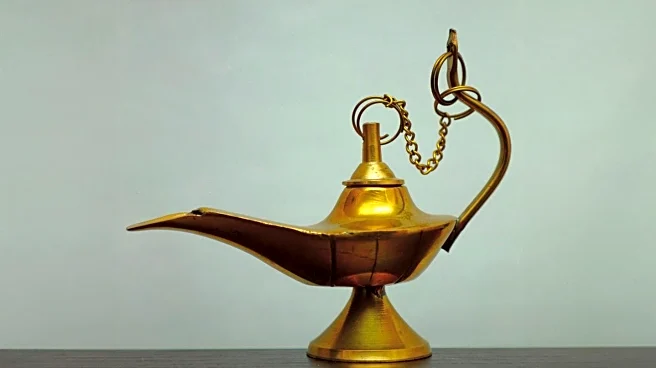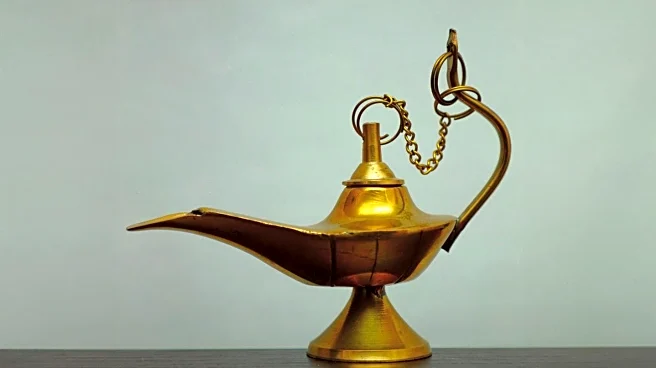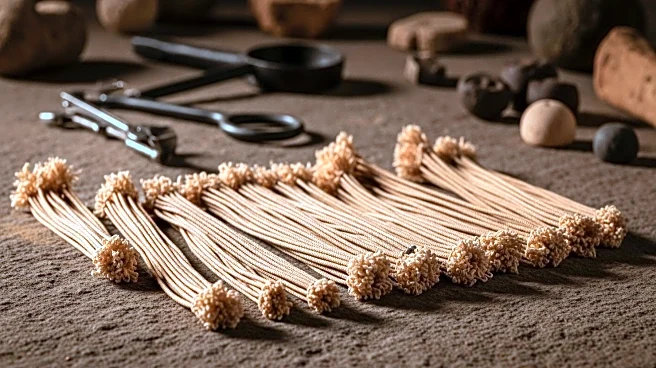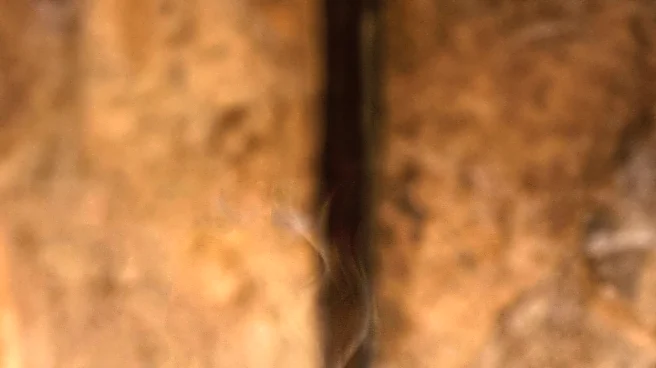What is the story about?
What's Happening?
Archaeologists have uncovered some of the oldest known oil lamp wicks in the world during a dig near Yehud, Israel. These 4,000-year-old textile wicks were found inside clay lamps at the Newe Efraim site, part of an excavation by the Israel Antiquities Authority. The discovery sheds light on ancient practices of illumination and burial rituals, as the wicks were found in graves dating to the Intermediate Bronze Age (c. 2500–2000 BCE) alongside pottery, metal weapons, animal bones, and jewelry. Laboratory analysis revealed traces of soot on the wicks, indicating they were used to illuminate tombs during burial ceremonies. The preservation of organic materials in the humid Mediterranean climate is exceptionally rare, making this find significant.
Why It's Important?
This discovery provides valuable insights into the cultural and ritualistic practices of ancient populations in the Near East. The use of fire in burial rituals symbolized the human soul, a tradition that continues in various forms today. The findings also highlight the resourcefulness and thrift of ancient societies, as the wicks were made from reused linen fabric. Such discoveries contribute to our understanding of historical human behavior and the evolution of cultural practices, offering a glimpse into the daily lives and spiritual beliefs of ancient civilizations.
AI Generated Content
Do you find this article useful?















